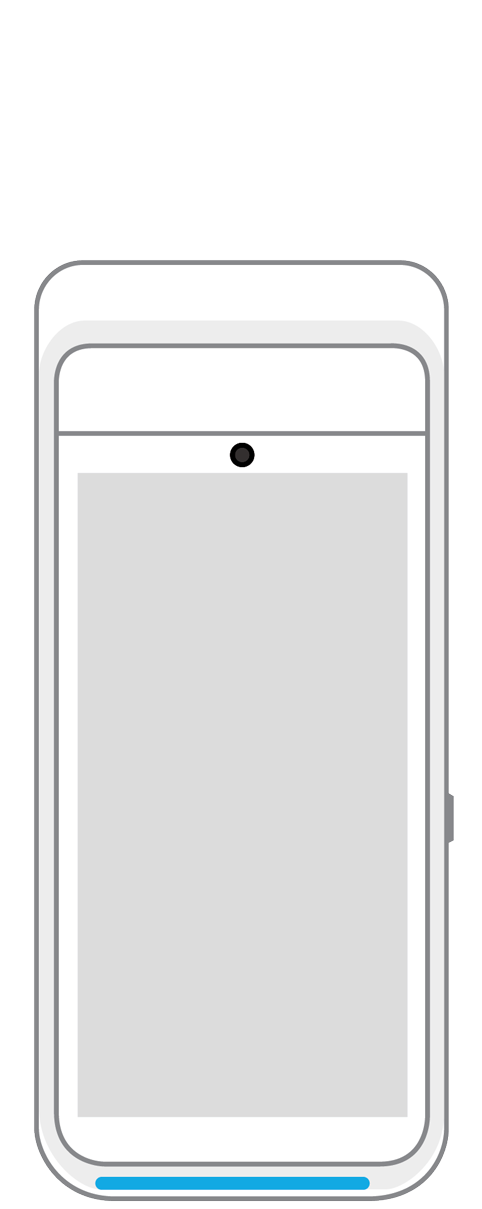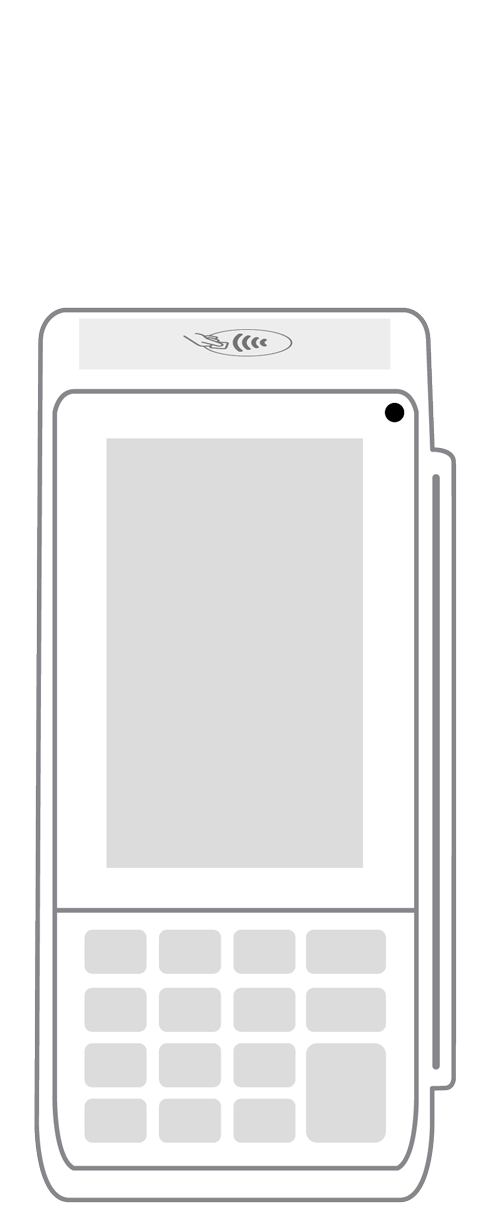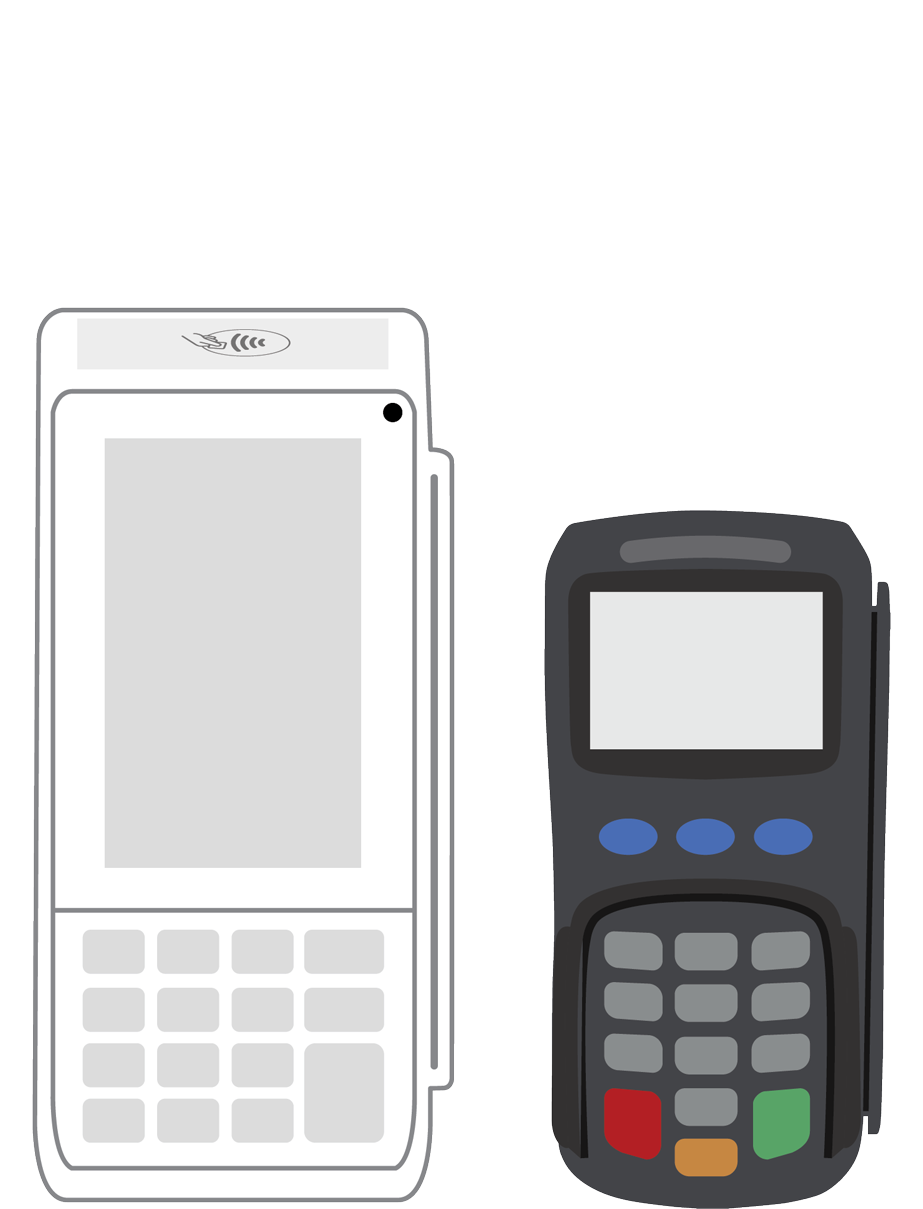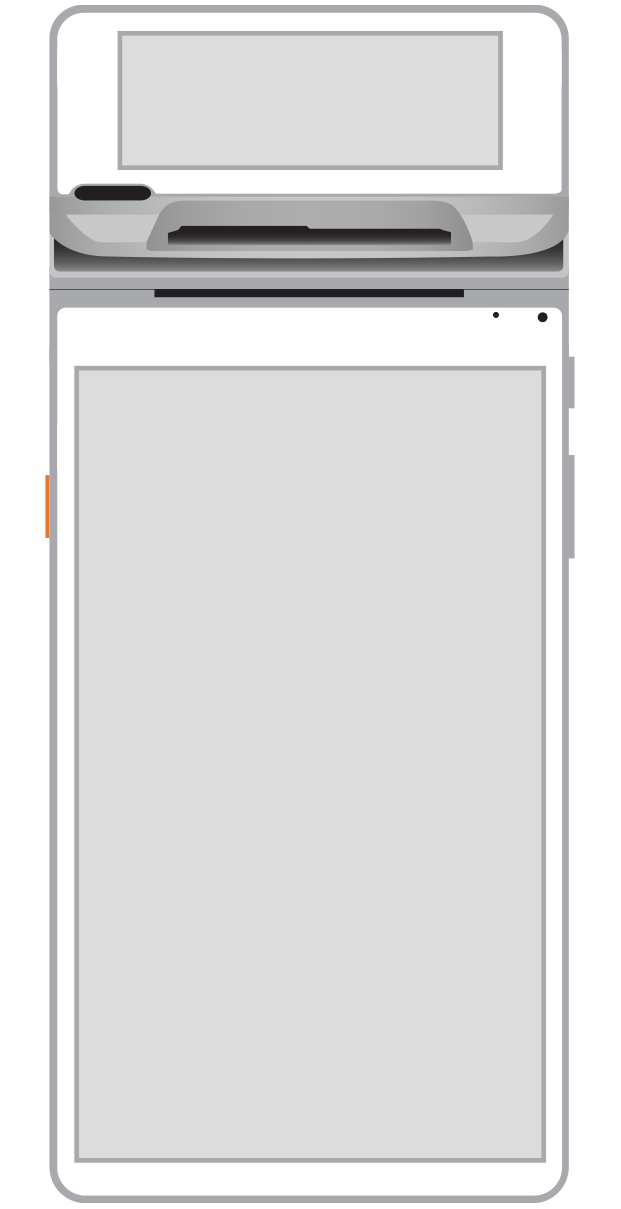Why contactless payments are important now more than ever.

Imagine that you’re sitting down with your business partner and a group of investors to brainstorm the best ways to move your business forward in the next few years. Typically, the answers that people come up with are pretty predictable: selling products that are trending, providing a higher level of customer service, and ramping up marketing campaigns to reach an expanded pool of potential buyers. Then, however, someone suggests a small tweak that just might revolutionize every aspect of your operations: Incorporating contactless payments into your smart POS system.
Your smart POS system is a springboard to success.
Before you can fully grasp just how getting a contactless card reader can catapult your sales and enhance customer engagement beyond your wildest dreams, you first need to understand all that your point of sale (POS) system is already capable of doing. By the way, if you have not upgraded your terminal in the past few years and it does nothing more than simply process customers’ payments, you’re missing out. Before you do anything else, talk to your payment processing company to get a modernized POS solution.
Assuming that your POS system is “smart,” you’ll have a powerhouse of features literally at your fingertips. Here are just a few of the tasks a smart POS system can perform for your business.
- Help with your employees. Your POS system comes with tools that let you easily create work schedules that can be tweaked from anywhere in real time. That gives you the flexibility to maximize productivity as demands change while keeping everyone in the loop. Since the system is connected to staff members’ email addresses, everyone is instantly notified of upcoming shifts and modifications and can even manage their own vacation hours, thus minimizing confusion even further.
- Inventory management. With supply chain woes plaguing retailers of all sizes, it is more important than ever to know exactly what stock you have and what needs to be reordered on an ongoing basis. A smart POS system, in conjunction with a barcode scanner, makes it possible to track a product from the moment it arrives in your warehouse until it is purchased by a happy customer. What’s more, the database function of smart POS systems even lets you know who bought it, a handy piece of data to have should issues occur in the future. With this smart retail management, you can minimize shortfalls, order more of what is in demand in a timely fashion, and reduce or eliminate supplies of items that consumers no longer want to buy.
- Enhanced customer engagement. We have already briefly touched upon smart POS’ systems’ database capabilities. These enable you to keep track of your customers’ data – with their permission, of course. This could include useful nuggets such as address details, demographics, birth dates, and even hobbies and interests. With this gold mine of data at your disposal, you can create targeted marketing campaigns and incentive programs that both entice people to buy and reward regular shoppers for their loyalty. It is no secret that today’s consumers want much more than dry, transactional relationships with sellers. Thanks to the capabilities built into contemporary POS solutions, you can transform mere purchases into never-ending shopping journeys that continue well after the sale.
- Robust back-office support. Think of your POS system as a silent partner who is really good at crunching data. Because of all of the product and customer details it stores, it becomes a simple matter to create reports that you and your staff can truly use. Of course, that includes financial information that will prove invaluable at tax time, but that’s just the beginning. With just a few clicks, you can also generate sales forecasts; examine which employees are the most productive; which products are the top sellers as well as who is knocking it out of the park to sell them; which days and times are your busiest and which are your quietest, and numerous other variables as well. Use the information you glean to be more precise in your inventory purchasing, more proactive in employee training and task delegation, and a better overall financial manager of your store.
- Added payment flexibility. Consumers want options in more than just the selection of products available to them. Given the constantly expanding universe of ways to pay that currently exists, they want to be given maximum choice when it comes to how they transfer funds to you. Your POS system should be equipped to not only accept standard credit cards but also debit cards, echeck payments, and even cryptocurrencies like Bitcoin should you decide to go that route. Additionally, you’ll likely want the ability to offer recurring billing options to your customers that allow for automatic withdrawals from their specified accounts on a predetermined date.
Don’t overlook the power of contactless payments.
If the term “contactless payments” sounds scary and unfamiliar, don’t fret. As it turns out, it’s likely you are already far more familiar with this concept than you realize. In fact, you may even use contactless or “touchless” payment technology as a consumer without having really given it much consideration.
Contactless payments are made possible thanks to an innovation known as near-frequency communication (NFC) technology. It is built right into the contactless card reader you obtain from your payment processing company. It’s also included in modern smartphones, wearable fitness trackers, and smartwatches, allowing for a seamless and secure exchange of information with your contactless reader as long as the devices are less than three inches apart.
Another crucial element in the touchless payment process is the digital wallet. Contained on all modern smartphones, this is a place where customers can safely preload credit and debit card payment details including numbers, expiration dates, and CVVs. The wallet then securely stores and encrypts this data, requiring the user to authenticate their identity to gain access to them.
When the time comes to make a purchase, the customer simply opens their digital wallet and verifies their identity using a passcode, fingerprint, or face ID. They then place their phone or wearable close to your contactless card reader. Within a matter of seconds, payment details are conveyed and authenticated, the customer’s account is examined to ensure sufficient funds, and a response of payment acceptance or declination is sent back. Best of all, security remains as tight as current standards allow, minimizing the chances of hacking or other types of breach.
The advantages of contactless payments.
Although touchless payments are just one bright star in the expanding universe of POS capabilities, they have recently come to take on a great deal of importance. The ongoing COVID-19 pandemic has caused both consumers and the businesses who serve them to raise hygiene to a whole new level. Therefore, it remains crucial to keep surfaces clean, as well as to reduce the number and frequency of touchpoints between buyer and seller.
Contactless payments allow the parties involved in the transaction to remain safely distanced from each other. Payments do not require the touching and exchange of cash. For that matter, not even a card or smartphone needs to directly come in contact with the merchant’s reader. Ultimately, that leads to a greater degree of peace of mind for everyone involved.
Additionally, these transactions can be conducted on the go with mobile card readers. As a result, payments can be taken through a car window at curbside as products are safely loaded into the consumer’s trunk. They can also happen at the customer’s place of business or residence. This added flexibility helps to make purchasing from you more attractive to a wider range of buyers, even those for whom health and safety concerns make leaving home impossible.
Finally, contactless payments provide a level of security, efficiency, and convenience that is simply not possible when people pay with cash or plastic debit or credit cards. With no need to tote bills or coins around, buyers are less vulnerable to crime. So too are merchants, who have markedly reduced amounts of money lying around to tempt criminals. Furthermore, touchless transactions are fast and easy, leading to shorter lines at the checkout counter and reduced frustration for staff and customers alike.
Let’s face it: The last two years haven’t been a picnic for anyone, particularly retailers like you. Contactless payments have emerged to become perhaps one of the few bright spots to have come out of the pandemic. They are fun, tech-forward, safe, secure, easy, and efficient. Best of all, they are poised to be an important part of your arsenal of tools that provide both you and your customers with expanded options, improved customer care, and ironclad security. When it comes down to it, there is nothing to dislike and everything to love about contactless payments. If you aren’t already benefiting from them, talk to your payment processing company right away to join the contactless revolution!
 3-in-1 Reader |  Terminal |  Keypad |  PINPad Pro |  Flex |  POS+ | |
|---|---|---|---|---|---|---|
Payment types | ||||||
EMV chip card payments (dip) | ||||||
Contactless payments (tap) | ||||||
Magstripe payments (swipe) | ||||||
PIN debit + EBT | ||||||
Device features | ||||||
Built-in barcode scanner | ||||||
Built-in receipt printer | ||||||
Customer-facing second screen | ||||||
External pinpad | ||||||
Wireless use | ||||||
Network | ||||||
Ethernet connectivity | With dock | |||||
Wifi connectivity | ||||||
4G connectivity | ||||||
Pricing | ||||||
Free Placement | ||||||